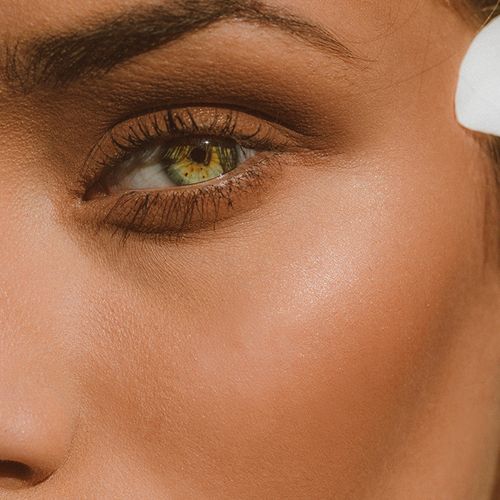Due to changes to Medicare guidelines, more folks than ever can take advantage of the latest technologies to sharpen their eyesight, ophthalmologists say.
More than 20 million Americans are afflicted with cataracts, a clouding of the lens that diminishes vision, and the elderly are particularly vulnerable.
"The new rules allow patients to make a decision whether they want to pay for these advances," says Dr. Donald Schwartz, associate clinical professor of ophthalmology at the University of California, Irvine, and the University of Southern California's Doheny Eye Institute.
An Eye On Advances
Two new types of synthetic replacement lenses are available that can restore a cataract patient's vision better than ever. These "multifocal" lenses allow people to focus both far and near; older replacement lenses provided clear vision only at one specific distance.
One type of lens, called an accommodating lens (brand name Crystalens), acts much like a normal human lens when focusing, said Dr. James Salz, attending ophthalmic surgeon at Cedars-Sinai Medical Center in Los Angeles, and spokesman for the American Academy of Ophthalmologists.
"It replicates what the eye does when you go from far to near," Salz says. "The lens changes its shape, actually becoming thicker in your eye and focusing."
The other type of lens, marketed under the brand names ReZoom and ReSTOR, replicate normal vision through a "bull's-eye" design. Formed with concentric circles resembling a practice target, the lens allows a patient to shift his or her focus through slight eye movements.
New Rules, New Options
Until recently, these new lenses were financially out of reach for many senior citizens who are most likely to develop cataracts--because Medicare would only pay for the old-style basic lens replacement.
But recent changes allow applying up to $2,000 toward the more expensive lenses that provide close-to-normal sight. That's the amount long allocated for a basic lens replacement.
"When patients get these new lenses, over 90% say they never wear glasses again," Salz says. "But they have to pay for it, up to a couple thousands of dollars per eye."
On the downside, the multifocal lenses can cause some problems with night vision, with patients suffering from halo effects and glare. "If I have somebody that does a lot of night driving, I don't think it's necessarily a good idea to put one of these lenses in because it will bug them," he adds.
Focus On The Future
The number of Americans with cataracts is expected to balloon to 30.1 million by 2020, according to Prevent Blindness America, an eye health and safety advocacy group.
By age 80, more than half of all Americans either have a cataract or have had cataract surgery, according to the National Eye Institute, part of the National Institutes of Health.
Cataracts form in one of two ways: Clumps of protein can adhere to the lens, reducing the sharpness of the image reaching the retina. Or the clear lens can slowly change to a yellowish/brownish color, adding a brownish tint to vision. Cataracts are usually painless.
See your eye doctor if you experience any of the following…
- Blurred vision, double vision, ghost images, or the sense of a "film" over the eyes.
- Lights that used to be sufficient that now seem either too dim for reading or close-up work, or are now too strong and "dazzle" eyes.
- Needing to change eyeglass prescriptions often, without experiencing improvement.
- Finding that a milky or yellowish spot has appeared in the pupil, which is normally black.
